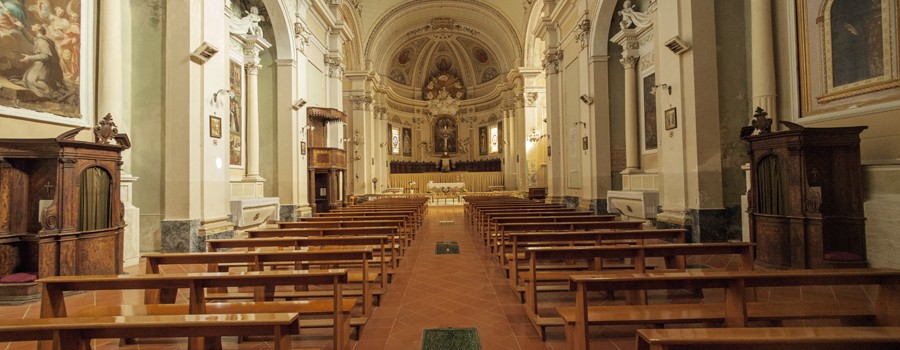Monterubbiano is at 462 metres above sea level in the first hills of the Aso valley, in the Province of Fermo.
This small town was awarded the Italian Touring Club 2002 Orange Flag for ecotourism and environment, and is home to many precious historical and artistic treasures. From the remains of the Sforza walls, built between 1433 and 1446 by Francesco Sforza, governor of Fermo, to the works of Vincenzo Pagani, a native of Monterubbiano, still displayed on the altars for which they were commissioned (in the church of Santa Maria dei Letterati).
Then there is the famous “Vincenzo Pagani,” theatre, a true jewel of architecture, designed by Monterubbiano architect Luca Galli and opened in 1875. It includes three tiers for a total of 260 seats.
Opposite the Teatro Pagani there are the church and convent of San Francesco, now home to a cultural complex and the Museo Civico Archeologico, the “Luigi Centanni” municipal library, the Centro di Educazione Ambientale “Giano”, and an auditorium.
The centrepiece of the museum – a model reproducing the River Aso and indicating the most significant archaeological sites – is on the second floor, along the corridor that leads to archaeological museum.
The archaeological museum displays objects found in Monterubbiano territory and is divided into four rooms in which, in chronological order, we see artefacts of the Roman and Picene era found in the area. The museum also vaunts an interactive narrative with particular attention to blind visitors who will find Braille documentation and copies of objects that they may touch. The last room in the museum is dedicated to an exhibition of a coin collection donated to the municipality by Dante Mircoli.
At the centre of Monterubbiano we find Palazzo Comunale, which hosts municipal art gallery in the council chamber, showing works from the sixteenth and seventeenth centuries, and Palazzo Calzecchi Onesti, built between 1553 and 1562, which was the home of the physicist Temistocle Calzecchi Onesti.
Also within the town walls we find the thirteenth-century church of SS. Giovanni Battista ed Evangelista, with an important cycle of frescoes; the church of Santa Maria Olmo, built between the eleventh and twelfth centuries; the church of San Michele Arcangelo, built in the eleventh century and used in the 1950s as a barn.
In addition to its historical and artistic interest, the belvedere in the nineteenth-century park of San Rocco, an Italianate garden covering a large area north of the old town, offers views of the stunning rural landscape (mainly olive groves) that surrounds Monterubbiano.




















